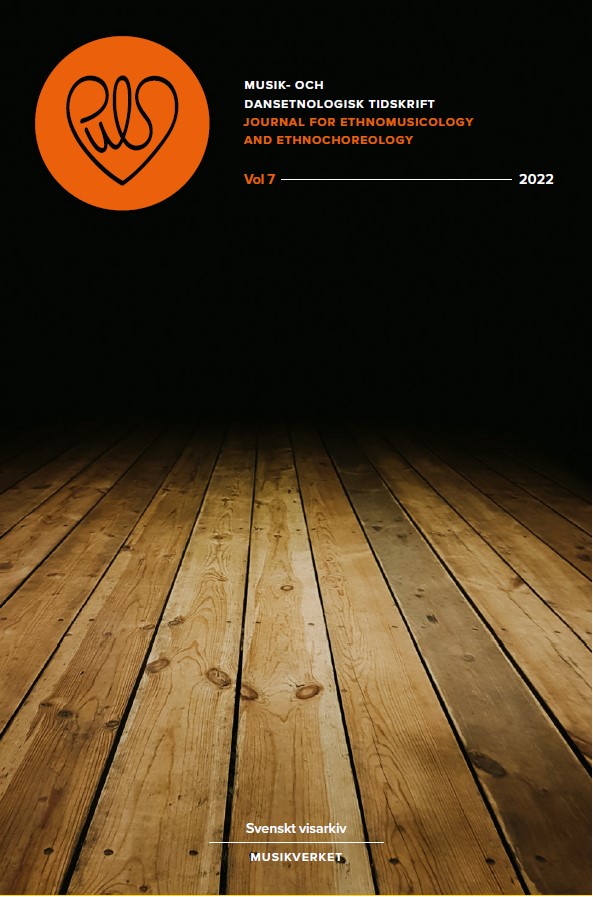Women Who Play Accordion or Female Accordionists?
Aesthetic Ideals, Societal Norms and Women within Swedish Accordion Music 1930–1980
DOI:
https://doi.org/10.62779/puls.v7i.19285Keywords:
Accordion, Gender, Female Accordionists, Swedish Accordion MusicAbstract
During the first half of the twentieth century, the accordion was a hugely popular musical instrument that held a strong position within Swedish dance and popular music. Through concerts, record releases and radio performances the accordionists became popular artists, and as skilled musicians, composers and educators they influenced what has come to be defined as accordion music. To most people, the expected image of these accordionists is the one of a male musician. But as a matter of fact, there have been many female accordionists active in Sweden as professional musicians who have been disregarded in music history. In this article, I want to shed light on these women by questioning if and how the stipulations for female accordionists differed from those of their male colleagues. By following about twenty female accordionists, active between the years 1930–1980, I will note that although female accordionists embraced the same repertoire and stylistic ideals as men in accordion music, there have been differences in the qualifications required to be a professional musician. On the one hand, women were expected to combine their musicianship with expected female musical roles such as singers and dancers. On the other hand, they were excluded from areas that were considered reserved for men, such as making records, educational work and composing. I will therefore argue that the phrase “female accordionist” does not just describe a woman playing the accordion. More than that, it sums up societal and patriarchal structures as well as musical ideals that separated female accordion players from the expected male norm of an accordionist. The article is based on interviews, sound recordings, photographs and other archival material from the collections of Svenskt visarkiv (The Centre for Swedish Folk Music and Jazz Research). Printed publications as the magazine Accordion Journalen (1949–1963) and the encyclopedia Svenska dragspelare (1946) have also been used.



